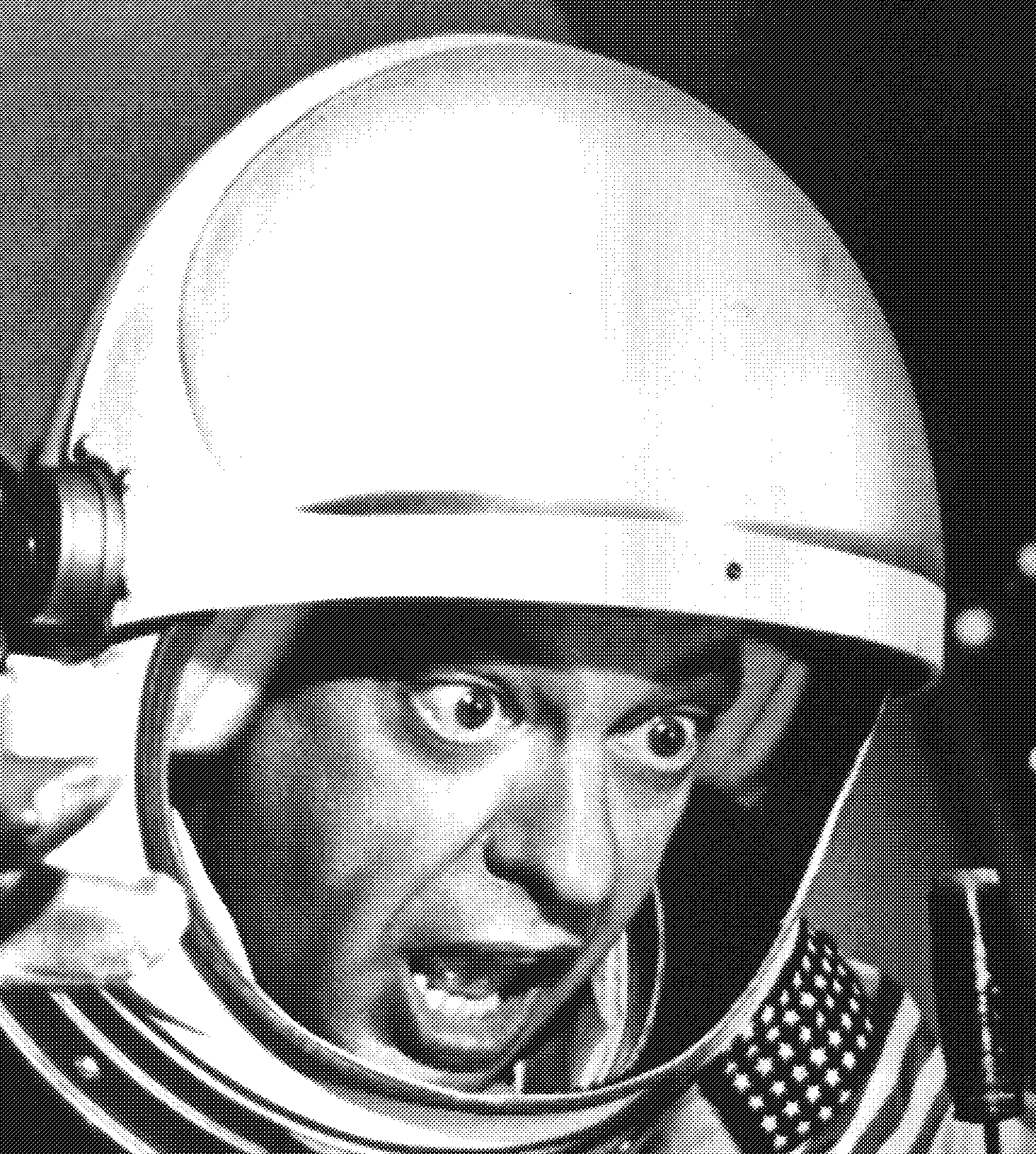

Posted on 10/18/2006 11:37:20 PM PDT by Dallas59
Previously "classified" documents related to Project Orion, the now-aborted plan to send nuke-propelled spaceships to Mars and other planets. Details in this BoingBoing post and podcast.
Prior to this web upload on Flickr, these documents had never before been publicly released.
Tech historian George Dyson collected these papers, and he is the author of "Project Orion," a book which chronicles the project and the lives of the scientists behind it -- including his own father, Freeman Dyson.
The name "Project Orion" is now being used by NASA for a new project, this one not powered by nuclear bombs. This time around, they're trademarking the name.
Project Orion
Clicky Here For Link To Webpage
Sending people in to space propelled by nuclear weapons might at first seem a totally mad idea, but the physics are actually sound. Much research and development was done during the 1960's, and small scale models using conventional explosives actually flew.
The principle is simple: use the power of a nuclear blast to propel a vehicle forward. The obvious problems are the power of the blast and the safety of the vehicle and its crew. It was envisaged that the ships would use a 'Pusher Plate', through which the bombs would be ejected.
This would have an ablative surface and toroidal airbags to cushion the blow, and would have been connected to the rest of the ship by large shock absorbers.
Acceleration experienced by the crew would be smoothed out to acceptable levels. Using nuclear weapons would obviously release a huge amount of energy - far more than conventional rockets - so the ships could be huge, weighing many thousands of tons.
One option which was seriously considered was a mission to Mars


It should be reconsidered.
"An Orion mission to Mars was seriously considered. Due to the obvious problems which launching such a mission from the ground, it was decided that an upgraded Saturn V booster would be used to lift it into low earth orbit, but this constrained the diameter of the ship to around 10 meters. Additonal thrust at lift off would have been provided by 4 strap-on boosters, each one with its own F1 engine.
Two launches would be needed to assemble the ship. The travel time to Mars would only have been around 125 days, much quicker than with rockets such as Nerva which would have taken approximately 2 years. During the unpowered 'cruise' portion of the flight, the whole vehicle would have been spun 'end over end' to provide the crew with artificial gravity.
A crew of 6 or 8 would have made the trip, and the ship would have carried a 'Mars Excursion Vehicle' derived from lifting body research to carry the expedition to the surface and back."
I'm all for it if it would piss off the lefty world..."NO RADIATION IN SPACE!"
No radiation in space. Our Sun pretty much f***s that logic from the beginning.
But you know they would try..
http://en.wikipedia.org/wiki/Project_Orion_%28nuclear_propulsion%29
and here:
http://www.astronautix.com/lvfam/orion.htm
I have known that this was proposed for a long time now, and I have always had trouble picturing how it would be effective. A nuclear blast in a vacuum would not be pushing the atmosphere or debris. It would just be the mass of the bomb itself pushing against the shield, which doesn't seem like that much. Or is this some effect like photons pushing a mass?
The million degree temperatures involved also might tend to be problematic (if the mass striking the plate is from close proximity to the detonation....). How would you armor the feed tube which ejects the bombs directly behind (and centered on) the pusher plate???
Very cool stuff! :)
BTW, there was also a similar, (albeit far more ambitious) space project known as Daedalus. That one planned to use fusion reactions to propel the first interstellar probe:
http://en.wikipedia.org/wiki/Project_Daedalus
 |
"And then you want to do what?!?!?!" |
I read an autobiographical book by Freeman Dyson where he discussed Project Orion. They did some initial tests with normal explosives. IIRC he ultimately came to feel that it was a terrible idea have a vehicle that spread radioactive "pollution" as it travelled, even though this would be in space.
I once had the good fortune to meet Freeman Dyson.
Rockets do not "push against" anything. The whole business is momentum transfer.
What was the name of his book? I remember reading it in about 1979. Where'd you meet him?
How tall is Freeman Dyson? On TV decades ago he looked tiny compared to Dick Cavett who is darn short himself.
As I recall the bombs were to be thrown in from the outside edge of the pusher plate.
As I recall various materials were placed at different distances from the Bikini Atoll blast. A graphite sample deep in the fireball itself only lost something like an inch of it's thickness.
Insert your own Kim Jong Il joke here...
I think his book was called "Disturbing the Universe"
Disclaimer: Opinions posted on Free Republic are those of the individual posters and do not necessarily represent the opinion of Free Republic or its management. All materials posted herein are protected by copyright law and the exemption for fair use of copyrighted works.